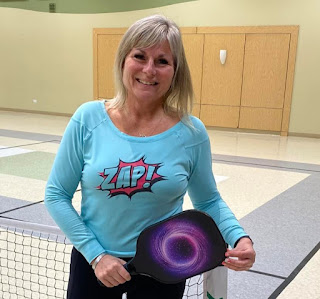Best way to Setup Your Snowboard for Man-Made Snow
Best way Setup Your Board for Man-Made Snow
 |
| Setup your snowboard for man-made snow |
You will almost certainly have to ride on man-made snow at least some of the time anywhere there is snowboarding. In places like Colorado, artificial snow makes early-season snowboarding a reality. People in places like the Midwest, on the other hand, spend the majority of the winter snowboarding on artificial snow.
When considering the full snowboard season, it's easy to see that the Colorado Rockies or west coast mountain ranges necessitate different riding methods and equipment than the Midwest and East Coast. Nonetheless, early season snow conditions are very consistent across the board.
Whether you ride man-made snow on a regular basis or just to get in shape for the season, there are a few things to keep in mind when riding this sort of snow.
Is Man-Made Snow as Good as Natural Snow?
When it comes to fresh powder turns, nothing beats snow direct from Mother Nature. Man-made snow, on the other hand, is incredibly useful for establishing a stable basis for the snowboard season.
In general, manufactured snow is composed of clumps of ice, whereas natural snow is composed of snow crystals. As a result, manufactured snow is more denser than natural snow. While man-made snow isn't ideal for world-class snowboarding, it can provide a stable base for carving, racing, and park riding.
Snowmaking technology has advanced significantly in recent decades; yet, artificial snow is not as excellent as natural snow, despite the fact that it serves an important purpose at practically all ski resorts.
Is Snowboarding on Man-Made Snow Different from Snowboarding on Natural Snow?
Contrary to common assumption, the only time there is a significant difference between man-made and natural snow is when it is recently fallen or packed powder. It's nearly hard to tell the difference between manufactured and natural snow once it's been skied down and groomed.
Snowboards swiftly convert powder to hardpack because they practically heat up the snow surface as they glide down the slope. This snow is further crushed into the deep foundation we enjoy all winter when it is groomed. Even in regions like Montana, where there is a lot of powder, groomed runs tend to have the same consistency as man-made snow over time.
Hardpack snow, whether man-made or natural, rides similarly across the board. Hardpack is not only prone to ice, but it also provides a highly quick ride. Snowboard race tracks are highly groomed and packed down for reasons like these.
What Is the Best Snowboard for Artificial Snow?
Because manufactured snow is essentially the same as hardpack, you should utilize a snowboard designed for ice conditions. While carving snowboards perform best in such circumstances, most all-mountain and freeride variants are equally capable.
Because we employ considerable rubber vibration dampening in our manufacturing, Never Summer snowboards are great for early season hardpack riding. This improves the ride on man-made surfaces. Never Summer also has a power grip sidecut with several contact points for enhanced traction on man-made snow, as well as our Rocker Camber design, which adds pressure points for edge hold and reaction.
Popular snowboards that are good for artificial snow include:
- Proto FR
- Protosynthesis
- Shaper
- Triple Camber Proto Ultra
- Lady FR
If you reside in the Rocky Mountains or on the West Coast, an all-mountain or freeride board will come in handy early in the season. People from the Midwest and East Coast, on the other hand, should certainly look into a carving board unless they spend the most of their time at the terrain park.
Setting Up Your Snowboarding Gear on Man-Made Snow
Because early-season riding is virtually entirely on hardpack snow, you'll want to fine-tune your snowboard setup for these circumstances. Make sure your edges are clean and crisp, or get your snowboard professionally tuned.
You may alter the forward lean on your bindings for reaction and heelside edge grip when snowboarding on man-made snow. Bending your knees allows you to absorb stress and keep control of the board in the changing early season conditions. This is an excellent moment to fine-tune your board, binding setup, posture, and other equipment. It's also an excellent time to get in shape for snowboarding, to warm up and prepare for when additional terrain becomes available.
Check that all of your binding hardware is nice and tight before hitting the slopes.





